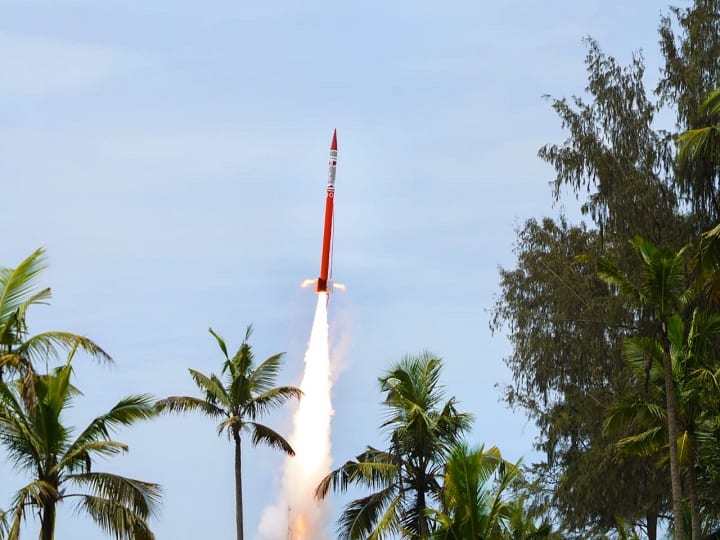ISRO Successfully Tests New Technology IAD To Land Missions On Mars, Venus
At around 84 km height, the IAD was inflated and it descended through the atmosphere with the payload part of a sounding rocket.

New Delhi: Indian Space Research Organisation (ISRO) Saturday has successfully demonstrated the new technology with Inflatable Aerodynamic Decelerator (IAD). An IAD, planned and created by Vikram Sarabhai Space Center (VSSC), was effectively test flown in a 'Rohini' sounding rocket from Thumba Equatorial Rocket Launching Station (TERLS). The IAD was initially folded and kept inside the payload bay of the rocket. At around 84 km height, the IAD was inflated and it descended through the atmosphere with the payload part of a sounding rocket. The pneumatic framework for inflation was created by Liquid Propulsion Systems Center (LPSC).
(1/2) ISRO successfully demonstrated the new technology with Inflatable Aerodynamic Decelerator (IAD). IAD was test-flown today in a Rohini-sounding rocket from TERLS, Thumba. https://t.co/zWw3rPyYVD pic.twitter.com/YoHRTQ3P8Q
— ISRO (@isro) September 3, 2022
The IAD has deliberately diminished the speed of the payload through aerodynamic drag and followed the predicted trajectory.
"This is first time that an IAD is designed specifically for spent stage recovery. All the objectives of the mission were successfully demonstrated," the Bengaluru-headquartered space agency said in a statement.
Also Read: Fuel Leak: Artemis I Launch Attempt Called Off Again, NASA Postpones Mission
"The IAD has huge potential in variety of space applications like recovery of spent stages of rocket, for landing payloads on to Mars or Venus and in making space habitat for human space flight missions," it said.
In a brief, Isro revealed that the IAD is kept stowed in the nosecone of the single-stage Rohini-300 (RH300MKIl) Sounding Rocket. "At 100 seconds after take-off, the nosecone is separated, followed by the inflation of IAD at 110 s, using compressed Nitrogen stored in a gas bottle. The payload is separated from the motor at 200 seconds after take-off, by using an FLSC separation system," Isro said.
"This demonstration opens a gateway for cost-effective spent stage recovery using the Inflatable Aerodynamics Decelerator technology and this IAD technology can also be used in ISRO's future missions to Venus and Mars," Isro chief S Somanath, said in a statement.






































